Tint Myths Tint Makes It Hard to Use Side Mirrors at Night
Many car owners hesitate to get window tint installed due to concerns about reduced visibility, especially at night. A common myth is that window tint significantly impairs the use of side mirrors after dark. However, this is largely inaccurate when professional-grade window tint is applied correctly.
The truth is, the impact of window tint on nighttime visibility through side mirrors depends heavily on the tint’s quality and the percentage of visible light transmission (VLT). High-quality window tint is designed to minimize light reduction while still offering substantial UV and heat protection. Therefore, while there might be a slight reduction in light transmission, it rarely impedes the functionality of the side mirrors to a significant degree. Moreover, modern vehicles often have advanced lighting systems and improved mirror design, further mitigating any potential visibility issues.
Furthermore, drivers can take proactive steps to enhance nighttime visibility. Adjusting the side mirrors for optimal positioning is crucial. Keeping the car’s interior properly illuminated also adds to night vision, allowing for better contrast and easier discernment of objects in the mirrors. Finally, a properly maintained vehicle, ensuring clean mirrors and windows, is essential for excellent nighttime visibility regardless of tinted windows.
In conclusion, the assertion that window tint renders side mirrors unusable at night is an exaggeration. While a very minimally perceptible reduction in visibility might arise, this is largely outweighed by the benefits of window tint, such as heat and UV protection. Choosing a reputable installer and selecting a tint with an appropriate VLT will help ensure that nighttime driving remains safe and comfortable.
